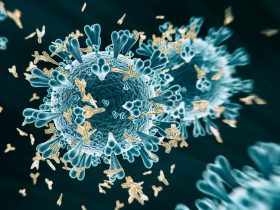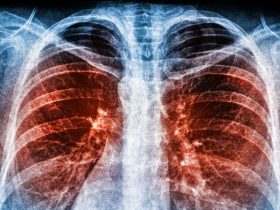Background: Co-circulating respiratory pathogens can interfere with or promote each other, leading to important effects on disease epidemiology. Estimating the magnitude of pathogen-pathogen interactions from clinical specimens is challenging because sampling from symptomatic individuals can create biased estimates.
Methods: We conducted an observational, cross-sectional study using samples collected by the Seattle Flu Study between 11 November 2018 and 20 August 2021. Samples that tested positive via RT-qPCR for at least one of 17 potential respiratory pathogens were included in this study. Semi-quantitative cycle threshold (Ct) values were used to measure pathogen load. Differences in pathogen load between monoinfected and coinfected samples were assessed using linear regression adjusting for age, season, and recruitment channel.
Results: 21,686 samples were positive for at least one potential pathogen. Most prevalent were rhinovirus (33·5%), Streptococcus pneumoniae ( SPn , 29·0%), SARS-CoV-2 (13.8%) and influenza A/H1N1 (9·6%). 140 potential pathogen pairs were included for analysis, and 56 (40%) pairs yielded significant Ct differences (p < 0.01) between monoinfected and co-infected samples. We observed no virus-virus pairs showing evidence of significant facilitating interactions, and found significant viral load decrease among 37 of 108 (34%) assessed pairs. Samples positive with SPn and a virus were consistently associated with increased SPn load.
Conclusions: Viral load data can be used to overcome sampling bias in studies of pathogen-pathogen interactions. When applied to respiratory pathogens, we found evidence of viral- SPn facilitation and several examples of viral-viral interference. Multipathogen surveillance is a cost-efficient data collection approach, with added clinical and epidemiological informational value over single-pathogen testing, but requires careful analysis to mitigate selection bias.








Leave a Reply